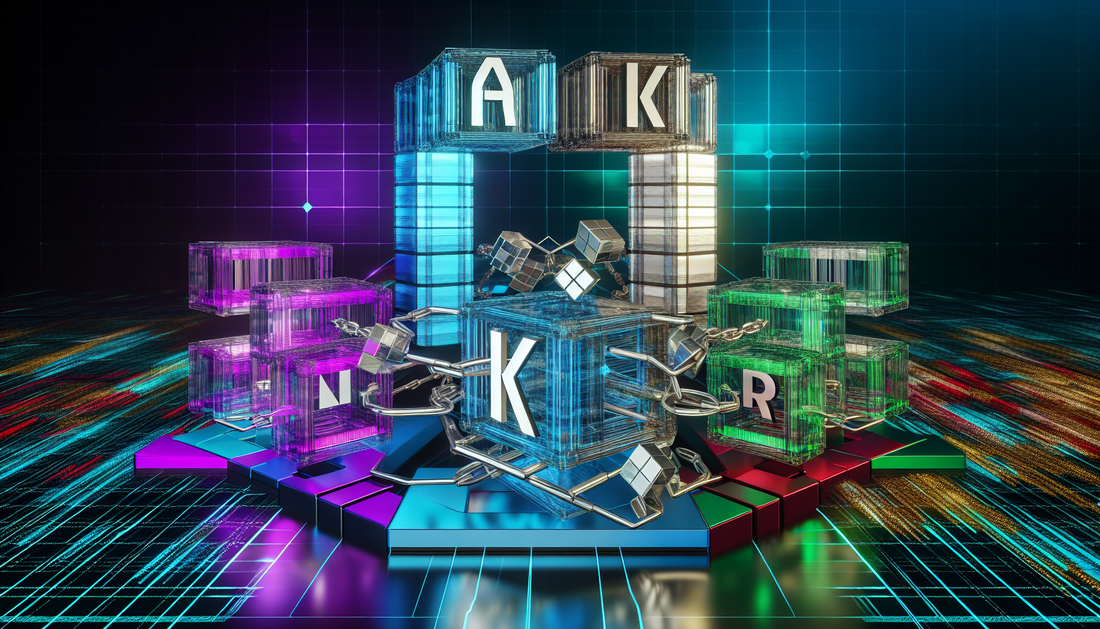
ANKR vs Rivals: Who Dominates Blockchain Infrastructure?
Share
ANKR vs Its Rivals: A Comparative Analysis
ANKR is a decentralized blockchain infrastructure provider, designed to offer multi-chain capabilities for the rapidly expanding Web3 ecosystem. But how does ANKR stand up to its competition in the blockchain infrastructure space? In this article, we'll compare ANKR with a few of its notable rivals: Alchemy, Infura, and The Graph.
ANKR vs. Alchemy
While ANKR focuses on staking, node deployment, and multi-chain development, Alchemy offers an extremely developer-focused set of tools tailored to high-level developers looking for API integrations, analytics, and orchestration. Alchemy has built a reputation as a one-stop shop for Web3 development, especially for Ethereum developers, while ANKR provides a wider range of blockchain support suitable for users wanting decentralized infrastructure, such as those who stake or need validators for various chains. Alchemy’s strengths lie in its high-performance developer tools, which many see as crucial for scaling applications, but it lacks the multi-functional offerings like staking that ANKR provides.
ANKR vs. Infura
Both ANKR and Infura are critical players in decentralized infrastructure, but their models take on different forms. Infura specializes in Ethereum infrastructure APIs, primarily aiming at developers who want to access Ethereum nodes without running their own hardware. ANKR, on the other hand, provides node hosting services across multiple blockchains like Binance, Polygon, and Polkadot. ANKR also further integrates staking rewards and decentralized cloud services. While Infura’s brand is stronger in the Ethereum ecosystem, ANKR’s multi-chain approach can offer more flexibility to users needing services that span various networks.
ANKR vs. The Graph
The biggest difference between ANKR and The Graph is the core offering. The Graph serves as a decentralized protocol for querying data from blockchains, primarily targeting users that need indexed blockchain data. ANKR, however, deals in the provision of computing and staking services for different chains. Both are highly complementary to each other for decentralized applications but target vastly different use cases. The Graph’s indexing services are more specialized, giving decentralized applications the ability to query history and data from different chains, while ANKR remains more focused on staking and node services to power various blockchain ecosystems.
Multi-Chain Capabilities
A defining feature of ANKR as compared to its rivals is its broad multi-chain capabilities. While most competitors tend to focus on single ecosystem infrastructure like Ethereum (Alchemy and Infura are prime examples), ANKR provides services across over 50 blockchains, giving it a far-reaching base. For dApp (decentralized application) developers, ANKR’s flexibility offers fewer ecosystem-constraining limitations, especially as the blockchain industry trends towards interoperability.
Though ANKR’s broad offering can appeal to a larger subset of the blockchain space compared to its competitors, its rivals tend to maintain niche specializations—such as Ethereum APIs or indexing protocols—that can also make them favorable depending on developer needs.
